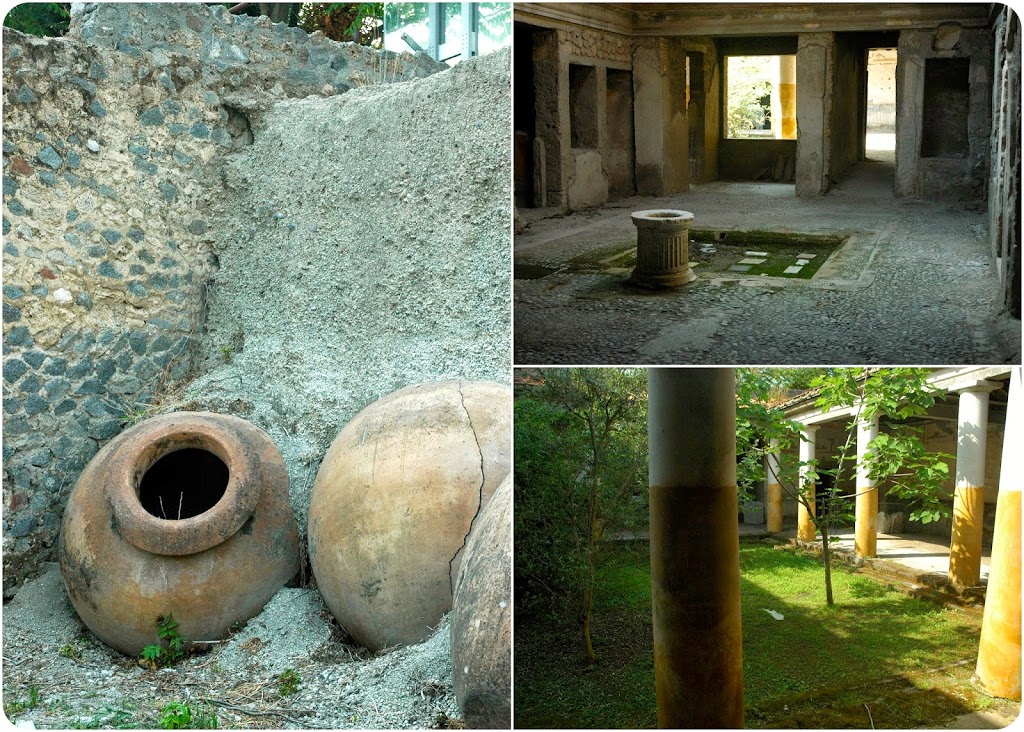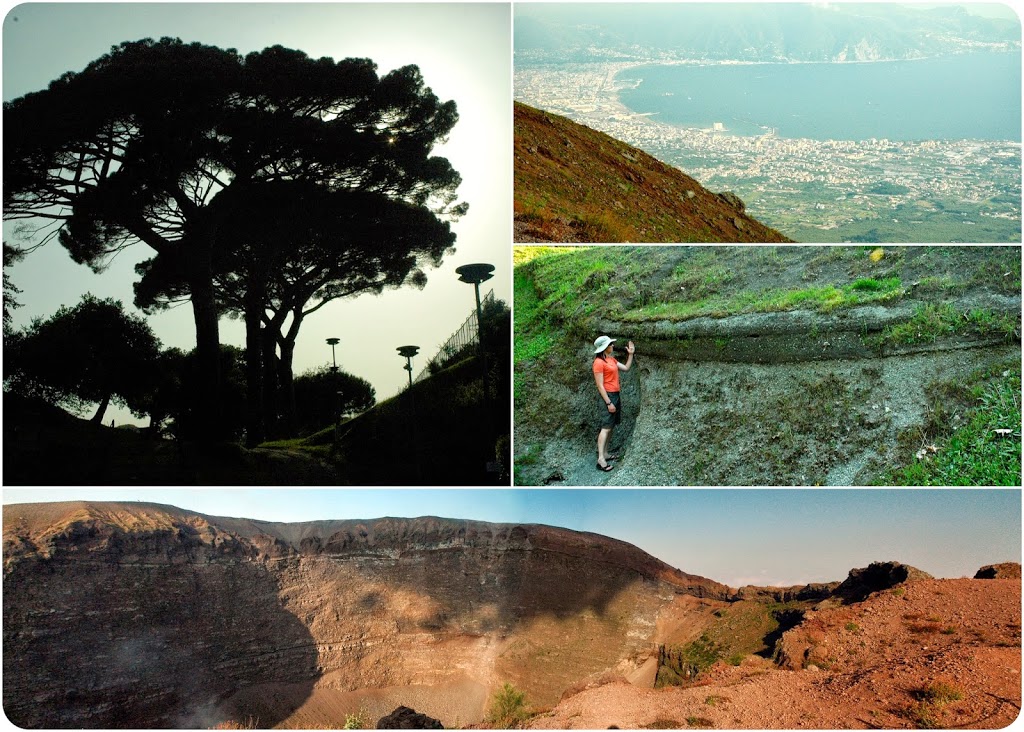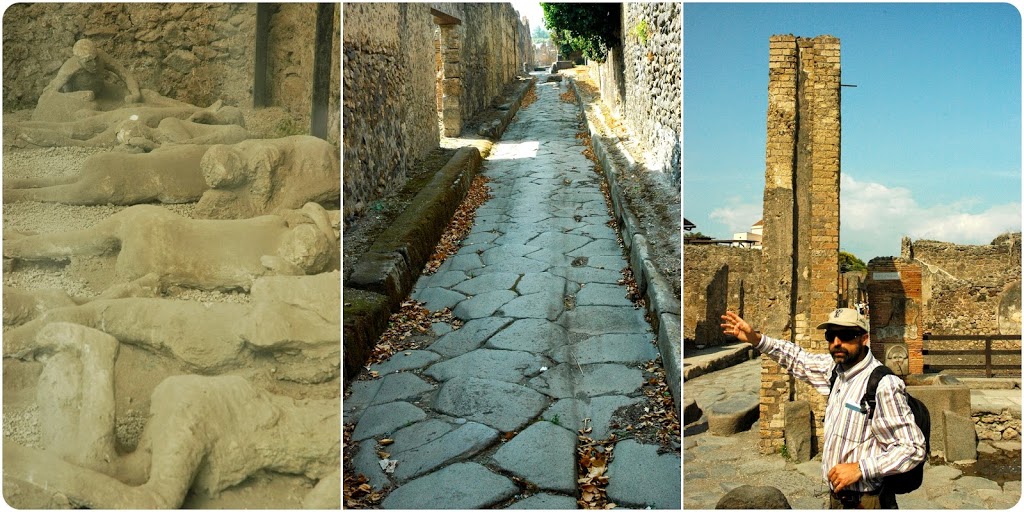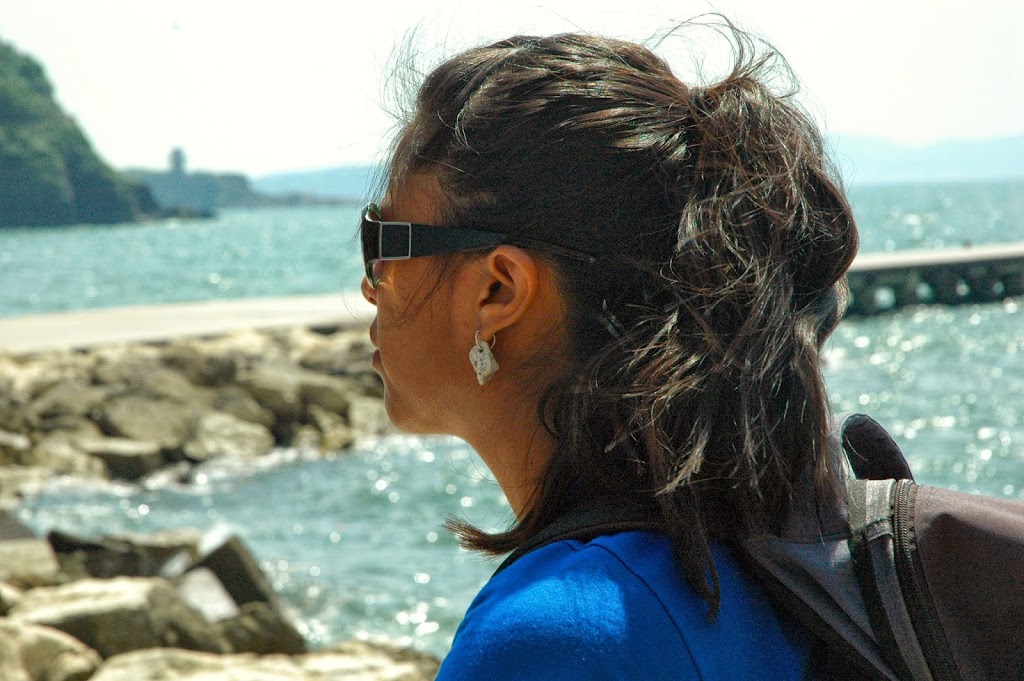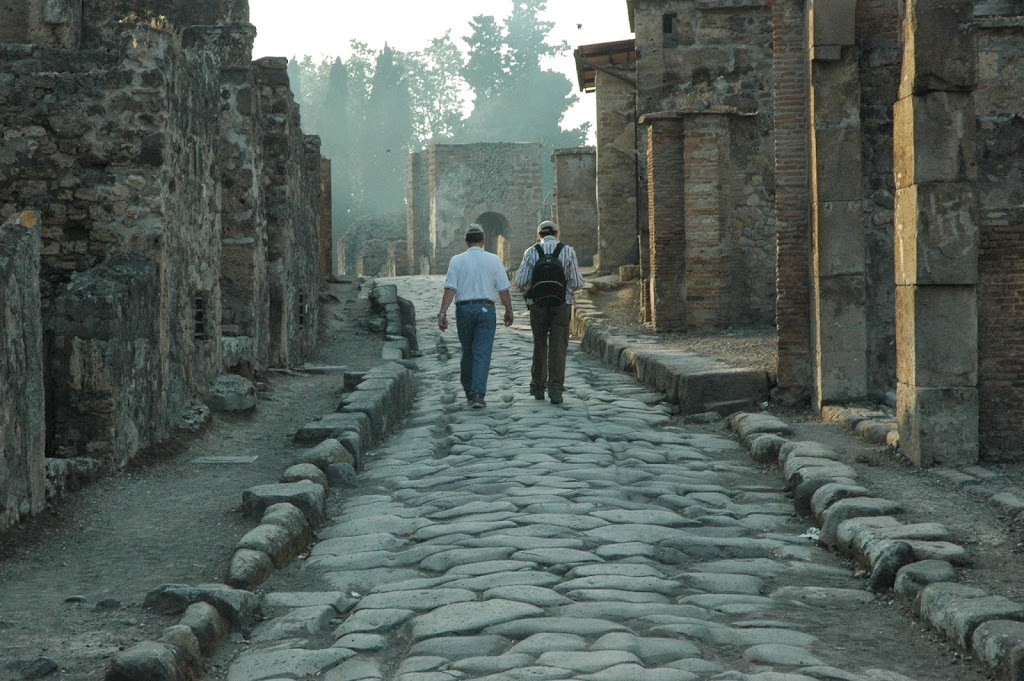Several years ago, I had the opportunity to visit Pompeii and Vesuvius as part of a tour of the volcanoes of the Tyrrhenian Sea (
here). Looking back through these photos, I am still amazed at the level of destruction of the cities of Pompeii and Herculaneum, and yet the immense force of destruction also provided a spectacular level of preservation of Roman life and culture.
 |
| This is an old glass photograph that was given to me by a good friend of post-1906 eruption stratocone in the main crater. The last major eruptions were in 1906 and 1944. |
 This work is licensed under a Creative Commons Attribution-NonCommercial-ShareAlike 4.0 International License.
This work is licensed under a Creative Commons Attribution-NonCommercial-ShareAlike 4.0 International License.

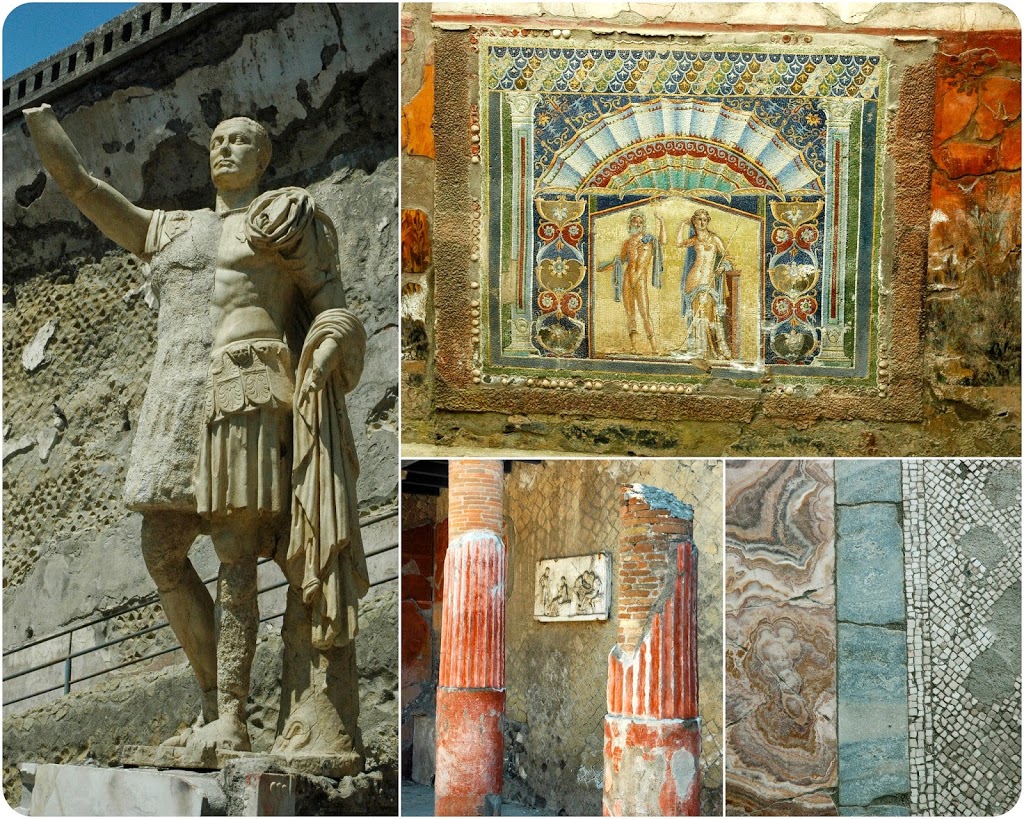

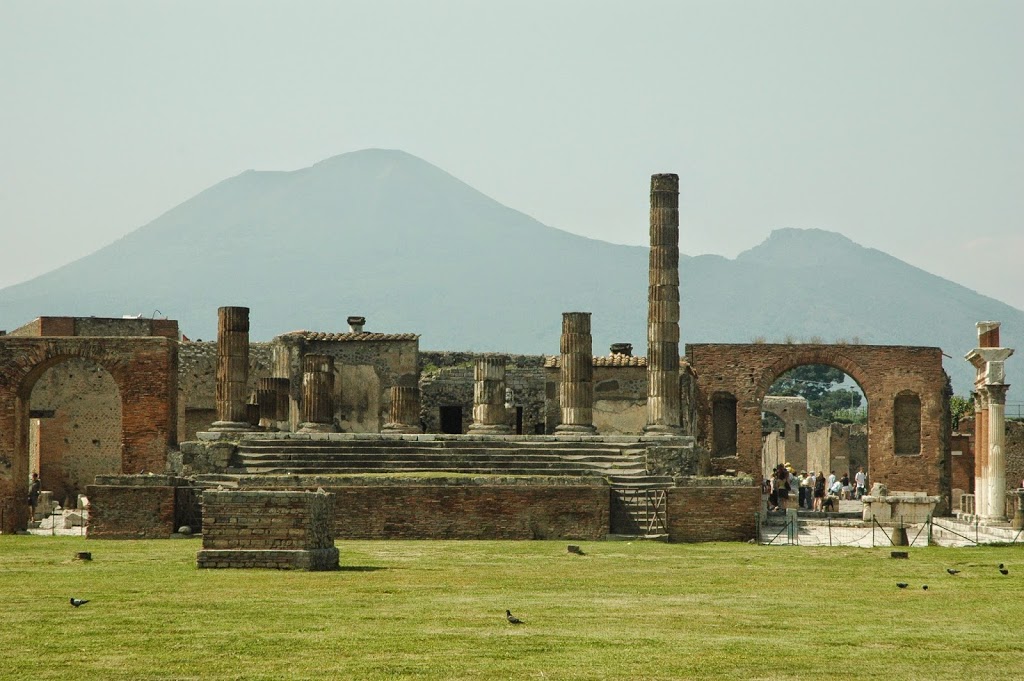
![]() This work is licensed under a Creative Commons Attribution-NonCommercial-ShareAlike 4.0 International License.
This work is licensed under a Creative Commons Attribution-NonCommercial-ShareAlike 4.0 International License.
